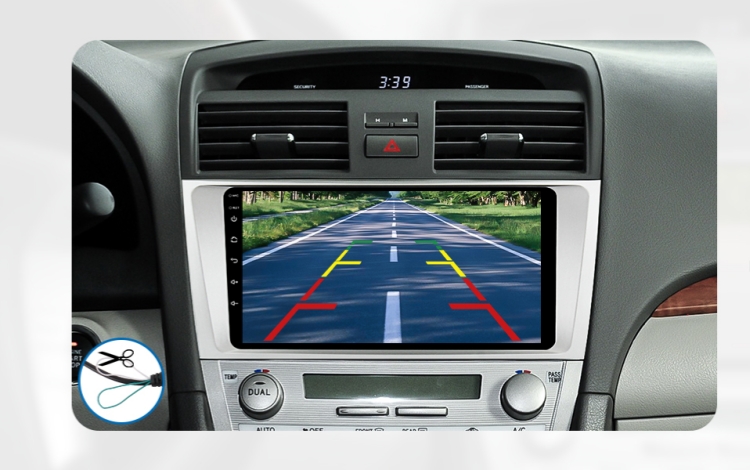The development of backup cameras can be traced back to the late 20th century, and as automotive technology advanced and consumer demand for safety features increased, backup cameras gradually became a crucial safety component in modern vehicles. Here is a breakdown of the key stages in the evolution of backup cameras:

1. Early Stages (1990s)
The concept of backup cameras first emerged in the 1990s. The early systems were primarily targeted at the luxury car market, with brands like Mercedes-Benz and BMW leading the way. These initial systems typically included a rear-facing camera, a monitor, and sensors to help drivers improve visibility and reduce accidents when reversing. However, due to technological limitations, the image quality was often poor, and the systems were expensive, making them unaffordable for most consumers.
2. Technological Advancements and Adoption (Early 2000s)
In the early 2000s, advancements in LCD display technology and image processing significantly improved the quality of backup camera systems. As the cost of these components decreased, backup cameras began to appear on more mid-to-high-end vehicles. By this time, the systems had evolved to the point where drivers could view live video feeds from the rear camera directly on their vehicle’s display screen, eliminating some of the blind spots associated with traditional rearview mirrors. This development made reversing safer and more convenient, and backup cameras started to gain wider acceptance.
3. Standardization and Regulatory Push (2010s)
In the 2010s, backup cameras began to be standardized in the automotive industry. A landmark event occurred in 2014 when the U.S. National Highway Traffic Safety Administration (NHTSA) implemented a regulation mandating that all new vehicles under 10,000 pounds be equipped with a backup camera. This regulation significantly accelerated the adoption of backup camera technology, pushing automakers worldwide to integrate them into standard or optional equipment for new vehicles.
During this period, backup camera resolution and image processing capabilities also improved significantly, with features like better night vision and clearer image quality, even in low-light conditions. These improvements made backup cameras more reliable and effective, further increasing their safety benefits.
4. Smart Features and Enhanced Functionality (2020s)
As we entered the 2020s, backup camera technology underwent a transformation, driven by the integration of smart technologies. Backup cameras are no longer just about displaying a video feed—they now come with a host of additional features. For example, some cameras automatically adjust their angles, detect obstacles, and provide real-time alerts for potential hazards. Additionally, many systems are now integrated with 360-degree camera setups, giving drivers a comprehensive view of their surroundings during parking and maneuvering.
With the rise of Advanced Driver Assistance Systems (ADAS), backup cameras have become part of a larger network of safety technologies. For instance, backup cameras now work in tandem with radar sensors, ultrasonic sensors, and LiDAR, offering precise parking assistance and collision warnings. These systems help drivers avoid accidents by offering a more comprehensive view of the environment, even detecting pedestrians or objects that might not be visible in the camera’s immediate field of view.
5. Future Trends
Looking ahead, backup cameras are expected to continue evolving with increasing levels of integration and intelligence. For example, the adoption of augmented reality (AR) technology could transform how backup camera feeds are displayed, overlaying virtual information like parking lines, distance indicators, or nearby obstacles on the live camera feed. Additionally, as 5G and vehicle-to-everything (V2X) communication become more widespread, backup cameras may integrate with remote monitoring systems, smart parking solutions, and even autonomous driving features, providing an even smarter and more connected driving experience.
Conclusion
The development of backup cameras has evolved from a luxury feature in high-end cars to a widely adopted safety tool in almost all vehicles. As technology has advanced, these systems have become smarter, offering enhanced image quality, greater functionality, and more integration with other safety technologies. As the automotive industry moves toward more automated and connected vehicles, backup cameras will likely play an even more integral role in ensuring the safety and convenience of drivers, ultimately making our roads safer for everyone.




